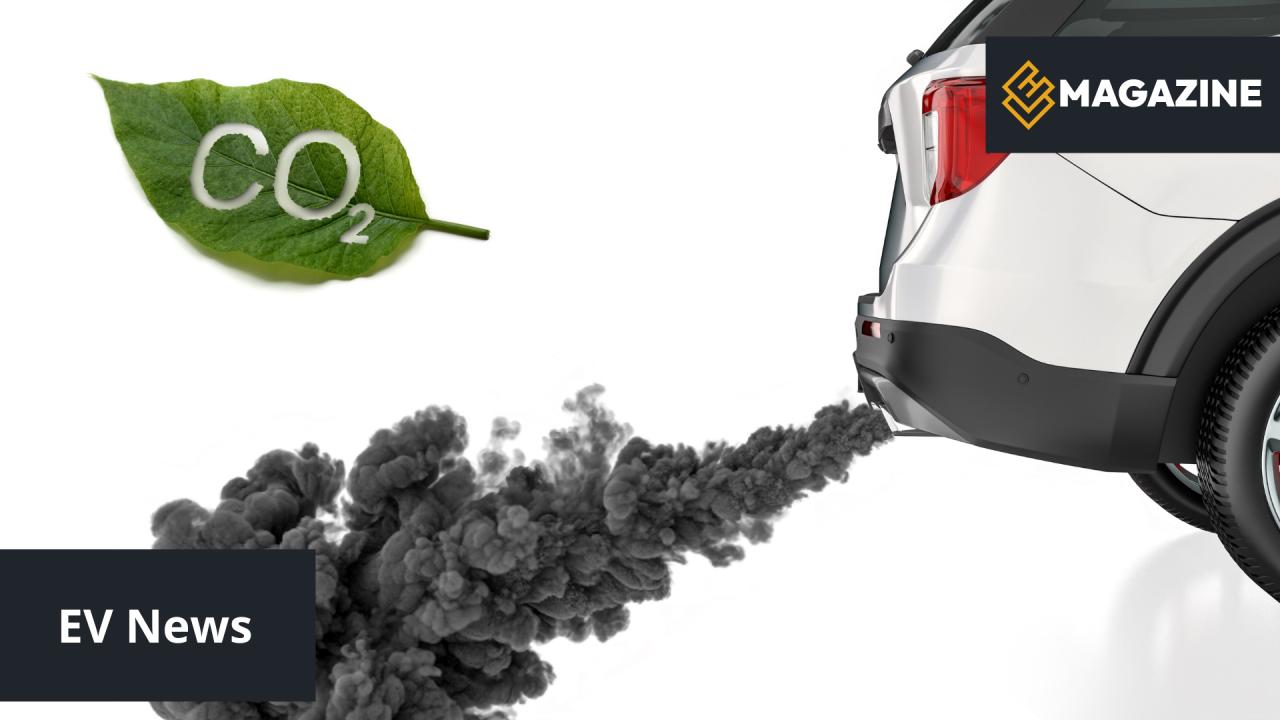73%
17,000 km
25%
52 g/km
Disproving the Myths: EVs Emerge as the Cleanest Choice
The International Council on Clean Transportation (ICCT) has released a new life cycle analysis that places electric vehicles firmly ahead of all other powertrains in terms of lifetime greenhouse gas emissions. The report, based on real-world European data, dismantles common misconceptions and highlights the urgent need for transparent emissions accounting.
It’s true that building a battery electric vehicle generates more emissions upfront—around 40% more than manufacturing a comparable gasoline car. However, the ICCT confirms that this so-called “emissions debt” is typically paid off after just 17,000 kilometers of driving. In most European countries, that equates to about one to two years of typical usage.
Life Cycle Analysis: A Consistent Methodology
Life cycle comparisons often vary due to inconsistent assumptions. The ICCT addressed this by using a unified methodology that accounts for vehicle and battery production, electricity generation over time, real-world fuel consumption, and maintenance. The result is a more accurate picture of emissions across different vehicle types.
Reality Check: Unlike optimistic lab-based WLTP data, the ICCT study shows EVs often outperform official figures, while combustion engine vehicles emit more than their test cycle suggests.
According to the report, average life-cycle CO₂-equivalent emissions per kilometer in Europe are as follows:
- Gasoline cars: 203 g/km
- Diesel cars: 234 g/km
- Hybrid cars: 188 g/km
- Plug-in hybrids: 163 g/km
- Battery EVs (EU grid): 63 g/km
- Battery EVs (renewables): 52 g/km
These numbers solidify BEVs as the only technology capable of delivering deep emission cuts required by EU climate targets.
Renewable Energy: The Game Changer
A crucial factor driving EV emissions down is Europe’s rapid transition to cleaner electricity. In 2020, renewables accounted for 38% of the EU’s electricity generation. By 2025, that share is projected to hit 56%, and by 2045 it could climb to 86%, according to the EU Joint Research Centre.
This shift significantly lowers the carbon intensity of electric vehicle charging, enhancing the environmental benefits of BEVs year after year.
Industry Reactions and Researcher Insights
“Misinformation and selective use of data have generated confusion regarding the climate credentials of electric cars. Life cycle analysis is not a choose-your-own-adventure exercise. Our study accounts for the most representative use cases and is grounded in real-world data. Consumers deserve accurate, science-backed information.”
“Battery electric cars in Europe are getting cleaner faster than we expected and outperform all other technologies, including hybrids and plug-in hybrids. This progress is largely due to the fast deployment of renewable electricity and the greater energy efficiency of BEVs.”
The Road Ahead: Policy Implications
The ICCT’s final message is clear: To align transport emissions with EU climate goals, new registrations of internal combustion engine vehicles (ICEVs), hybrids (HEVs), and plug-in hybrids (PHEVs) should end by 2035. This aligns with the European Commission’s Fit for 55 proposal and strengthens the rationale for urgent EV adoption.

